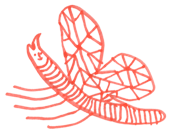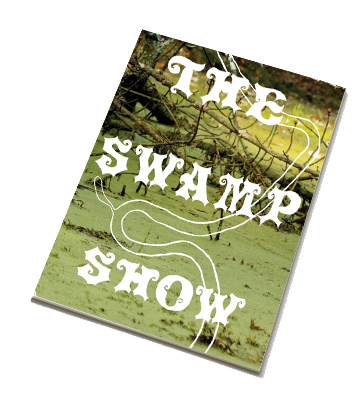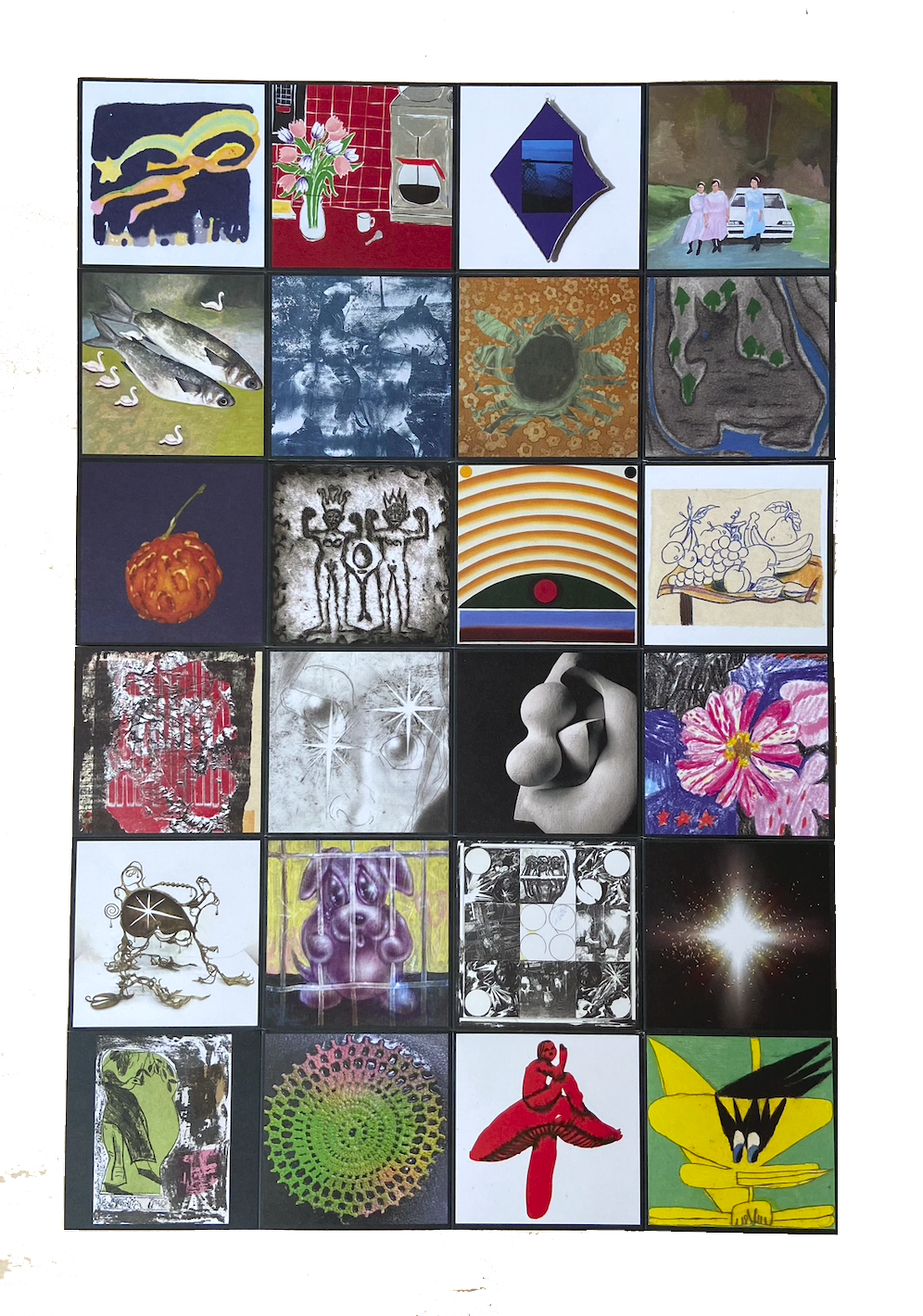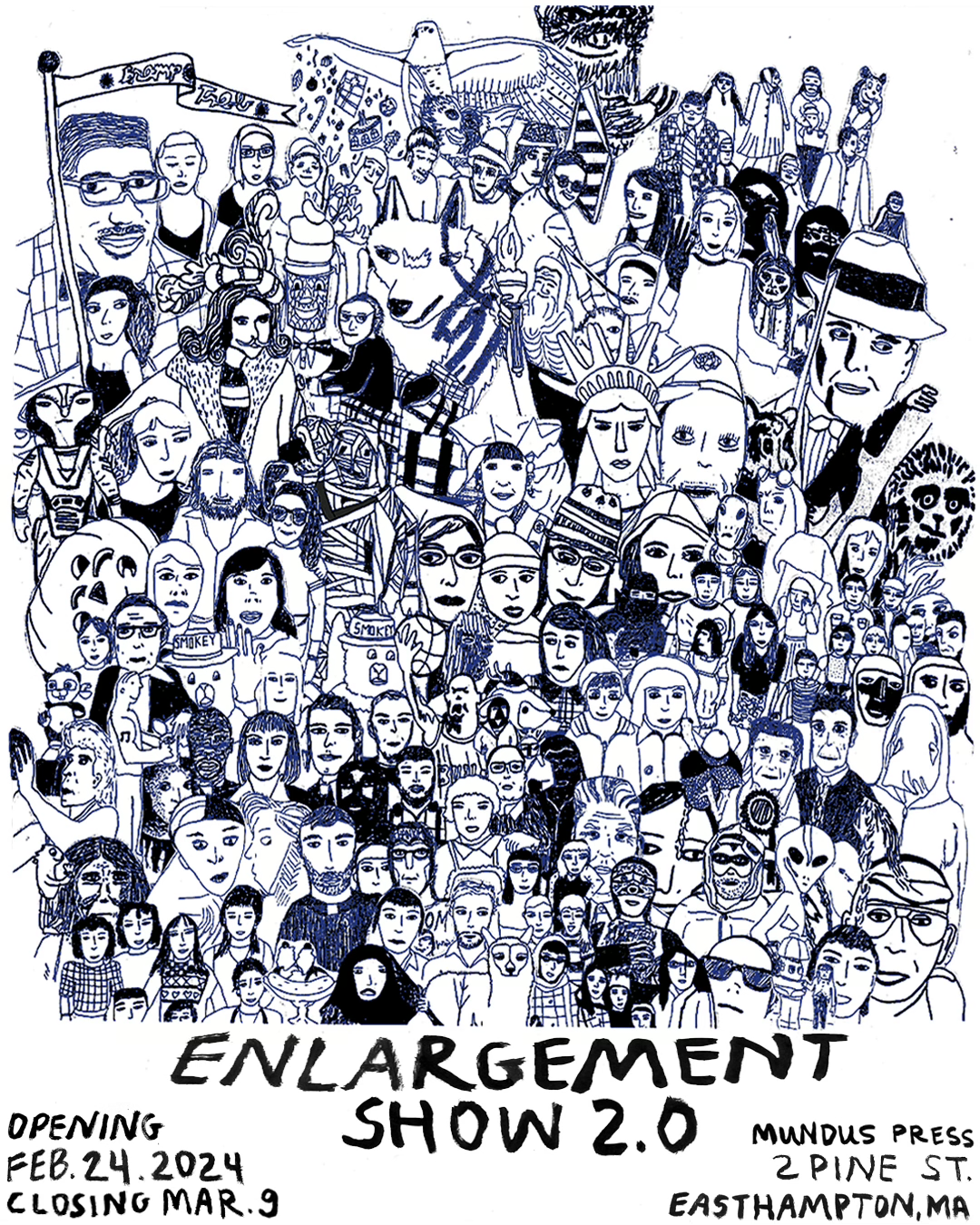
February 24 - March 9, 2024
This show includes work by over 130 artists.
It honors an exhibition under the same name
that took place exactly a decade ago at the
former DIY space, HeadQuarters (Northampton, Massachusetts). Ten years after Emma's concept
and curation of the first Enlargement Show, Charlotte is curating its reprise.
From floor to ceiling, artwork of all mediums and sizes are equalized (flattened or flattened some more) and printed on architectural-sized prints
of 2 x 3 or 3 x 4 feet. Artwork intended or not intended to be enlarged or viewed in a two-dimensional way, are hung side-by-side, touching, and closing in on the white-walled environment.
Enlarged artworks at this scale take on a crudeness, pixelation, distortion, fuzziness, and at times a luring exactitude. Either with a disengaged mentality or a heightened awareness, these kinds of print outcomes are what make it interesting for the onlooker to experience a room that has no visual respite.
Works include sketchbook entries, paintings,
film stills, screenshots, phone pictures, scans
of 3D information, and images from personal archives. Uniting and equalized by
materiality and lack of color.
The show is meant to consume the viewer
in a cave-like way. Digital artifacts
and relics unify into a synchronized
organism that can breathe as one.
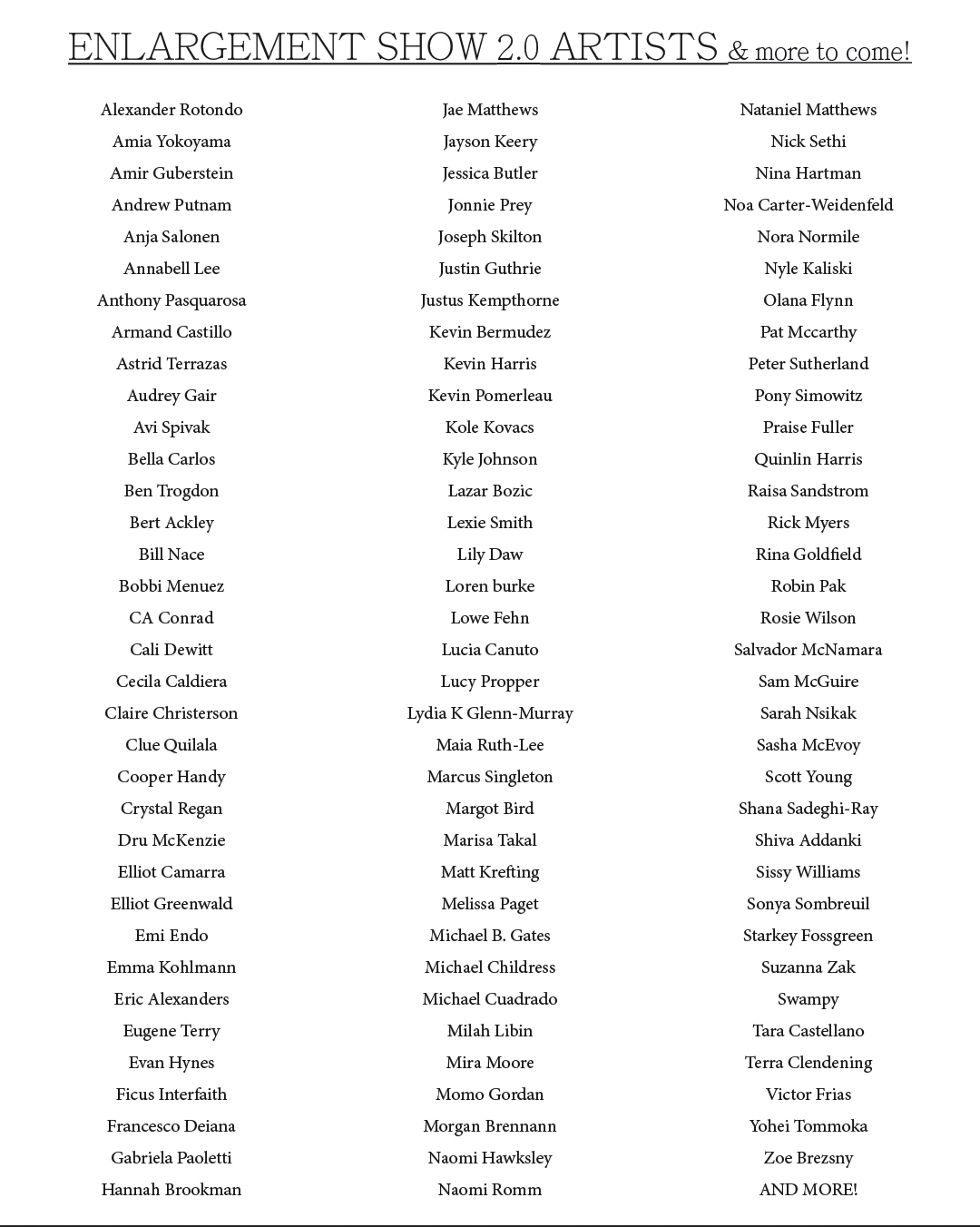
Posters on view can be available for purchase
in person at the closing of the show.
Everybody's pixelated
February 24- March 9, 2024
Reception February 24th, 5-9 pm
2 Pine Street, Easthampton, Massachusetts
Enlargement Show 2.0 operating hours Friday-Sunday 12-6 pm

The word Mundus can be traced to Etruscan and Latin roots. It can be defined as "womb and world", "the universe and its inhabitants", and "to keep time"........
The Swamp Show Book
We are pleased to announce
the release of
the Swamp Show Publication!
![]()
This book is a compendium of exhibition photographs, short essays, and archival material regarding
The Swamp Show and the exhibition site’s decorated past.
Book specs:
Th 150-page countPrinted in Minnesota.
8.5 x 11 inches.
Offset-printed embossed cover.
Glossy and matte-coated interior pages.
Edition of 500
Entrance Gallery (New York) hosted a release for our book and a
premiere viewing of our dear friend Lazar Bozic’s video documentation
of the exhibition and its reception.
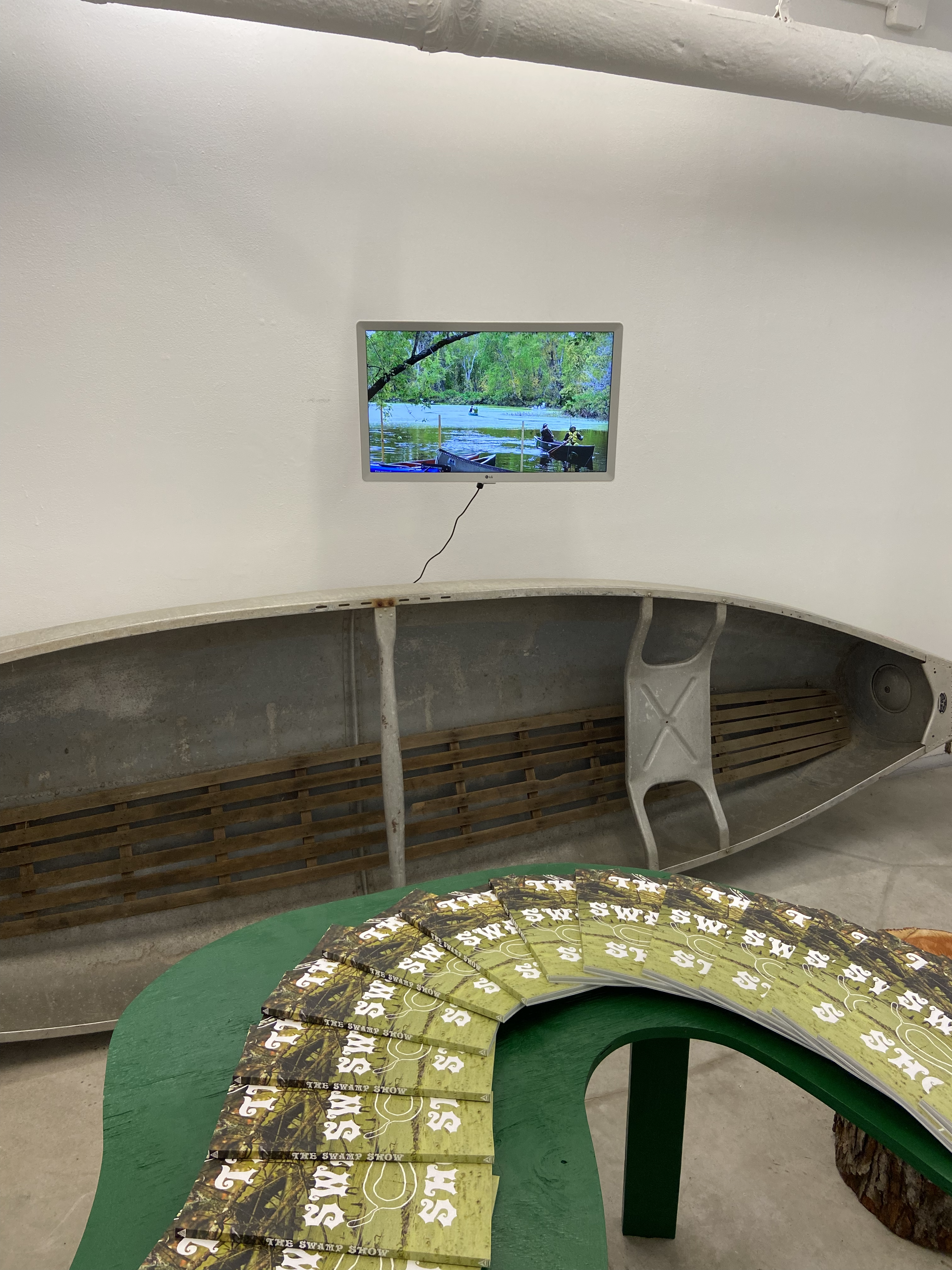
The Talented Sophia Orlow and June Rose created
a magical meal for the reception!

